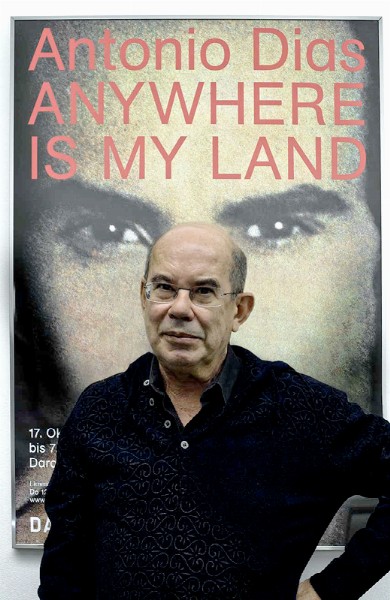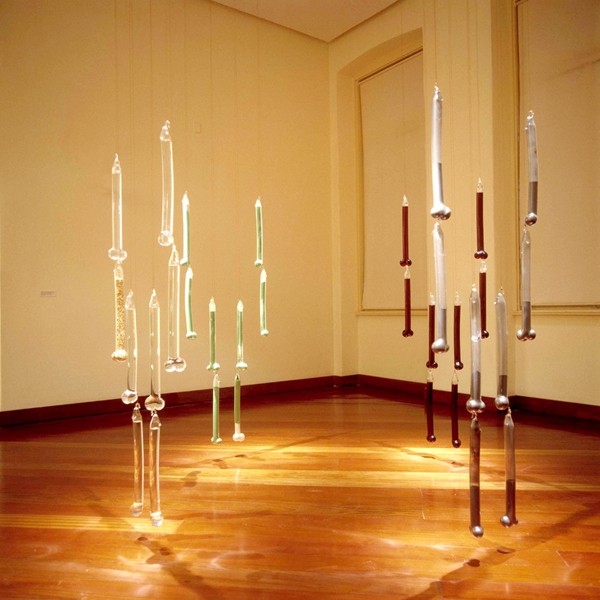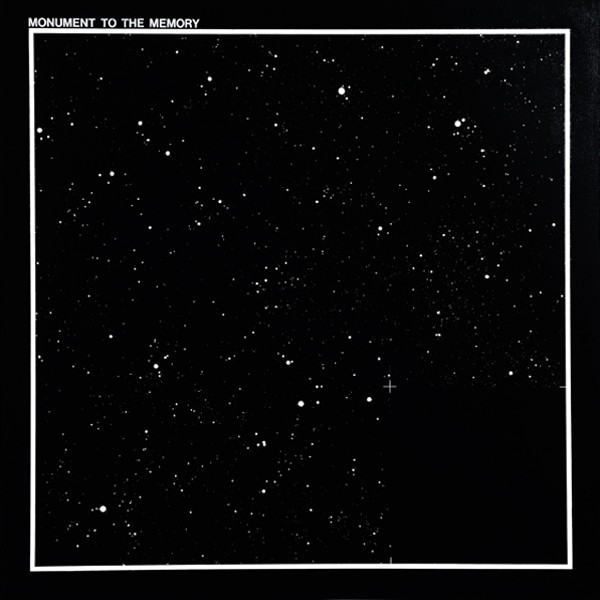In the last years, the work of Antonio Dias (Campina Grande, Paraiba, Brazil, 1944) started to be largely sought for during international sales. With the work Monument to the memory, realized in 1970, Cambi marked the European record for works by this artist with 173,500 euros during the last Modern and Contemporary Art sale in Genoa on June 12th, 2013.
Many of his works are already part of prestigious collections such as the MOMA in New York, the Ludwig Museum in Cologne, the Daros Collection in Zurich and the most important Latin-american museums and foundations.
In more than 40 years of activity, Antonio Dias marked the international artistic scene developing his own strong and original language. His first works were characterized by conceptual rigour and a representation made of primitive marks, pop images, collage, objects but also photography, films and performance. His art might be defined as an act of sabotage of the forms of commercial culture, a criticism, between irony and mockery, to the consumer society. During the years, his research became always more directed to the experimentation of different pictorial materials, without losing sight of the ironic and provocative aspect of his work.
After having leaved Brazil in 1966 during the military dictatorship, Dias arrived in Paris where he lived for about two years. In 1968, in Italy for the Venice Biennale, taking Marcello Rumma’s advice, he decided to move to Milan which became his second town and where he currently has a house and a studio. Despite his numerous travels and a long stay in Cologne, Germany, Milan keeps being the place he loves the most and where he constantly gets back even if for short periods.
His link to Milan started in a period when the town was full of artists and rich of artistic stimulations.
Monument to the memory is part of a cycle, started in 1968 and continued until 1978, starting from a zeroing of the pictorial space.
Here the representation is given by empty spaces, white, black or grey, similar to starry universes where simple words stand out, sometimes reflected as in a mirror (GodDog), underlining and magnifying their meaning.
His continuous travels brought him to Nepal in 1977 where he was looking for a special paper to realize a graphic edition he was commissioned in Brazil. He should have stayed there for a few months but he spent 5 months making various experiments with these sheets made of natural materials. In this world with no civilization, he realized his works on Nepalese paper and this experience opened new expressive horizons then translated on canvas.
Travelling from a country to another, getting in touch with different cultures and languages, always looking for new urges and confrontations, going beyond the limits of his personal universe and pictorial representation, gave life to an extremely various production. According to Dias, repeating is like stopping, losing the independence of thought and action.
At the origin of his creativity, poetics is extremely relevant, the way of looking at the world, the powers of observation, the attention to details but also letting memories suddenly getting back and expressing them in various artistic ways. According to Dias nothing has a single meaning, but there are always different chances and openings.
In the 1980s, he devoted to painting and to the use of mineral pigments such as gold, copper, iron oxide covered with layers of graphite and symbolic elements recurring in his works such as bones, cross, phallus, rectangles, dollar imprints. With these works the artist, through the alchemic use of materials associated to symbols, becomes the creator of energetic fields emphasizing the magical and evocative character.
Since the 1990s, his works have been exhibited in some of the most important museums in the world and during the most prestigious Art Biennial Exhibitions. His works were used for international collective exhibitions in New York, Los Angeles, Miami, Chicago, in Europe and in Latin America.
In the last years, he spent most of his time in Rio de Janeiro but he hasn’t stopped researching, experimenting and travelling.
Many of his works are already part of prestigious collections such as the MOMA in New York, the Ludwig Museum in Cologne, the Daros Collection in Zurich and the most important Latin-american museums and foundations.
In more than 40 years of activity, Antonio Dias marked the international artistic scene developing his own strong and original language. His first works were characterized by conceptual rigour and a representation made of primitive marks, pop images, collage, objects but also photography, films and performance. His art might be defined as an act of sabotage of the forms of commercial culture, a criticism, between irony and mockery, to the consumer society. During the years, his research became always more directed to the experimentation of different pictorial materials, without losing sight of the ironic and provocative aspect of his work.
After having leaved Brazil in 1966 during the military dictatorship, Dias arrived in Paris where he lived for about two years. In 1968, in Italy for the Venice Biennale, taking Marcello Rumma’s advice, he decided to move to Milan which became his second town and where he currently has a house and a studio. Despite his numerous travels and a long stay in Cologne, Germany, Milan keeps being the place he loves the most and where he constantly gets back even if for short periods.
His link to Milan started in a period when the town was full of artists and rich of artistic stimulations.
Monument to the memory is part of a cycle, started in 1968 and continued until 1978, starting from a zeroing of the pictorial space.
Here the representation is given by empty spaces, white, black or grey, similar to starry universes where simple words stand out, sometimes reflected as in a mirror (GodDog), underlining and magnifying their meaning.
His continuous travels brought him to Nepal in 1977 where he was looking for a special paper to realize a graphic edition he was commissioned in Brazil. He should have stayed there for a few months but he spent 5 months making various experiments with these sheets made of natural materials. In this world with no civilization, he realized his works on Nepalese paper and this experience opened new expressive horizons then translated on canvas.
Travelling from a country to another, getting in touch with different cultures and languages, always looking for new urges and confrontations, going beyond the limits of his personal universe and pictorial representation, gave life to an extremely various production. According to Dias, repeating is like stopping, losing the independence of thought and action.
At the origin of his creativity, poetics is extremely relevant, the way of looking at the world, the powers of observation, the attention to details but also letting memories suddenly getting back and expressing them in various artistic ways. According to Dias nothing has a single meaning, but there are always different chances and openings.
In the 1980s, he devoted to painting and to the use of mineral pigments such as gold, copper, iron oxide covered with layers of graphite and symbolic elements recurring in his works such as bones, cross, phallus, rectangles, dollar imprints. With these works the artist, through the alchemic use of materials associated to symbols, becomes the creator of energetic fields emphasizing the magical and evocative character.
Since the 1990s, his works have been exhibited in some of the most important museums in the world and during the most prestigious Art Biennial Exhibitions. His works were used for international collective exhibitions in New York, Los Angeles, Miami, Chicago, in Europe and in Latin America.
In the last years, he spent most of his time in Rio de Janeiro but he hasn’t stopped researching, experimenting and travelling.


